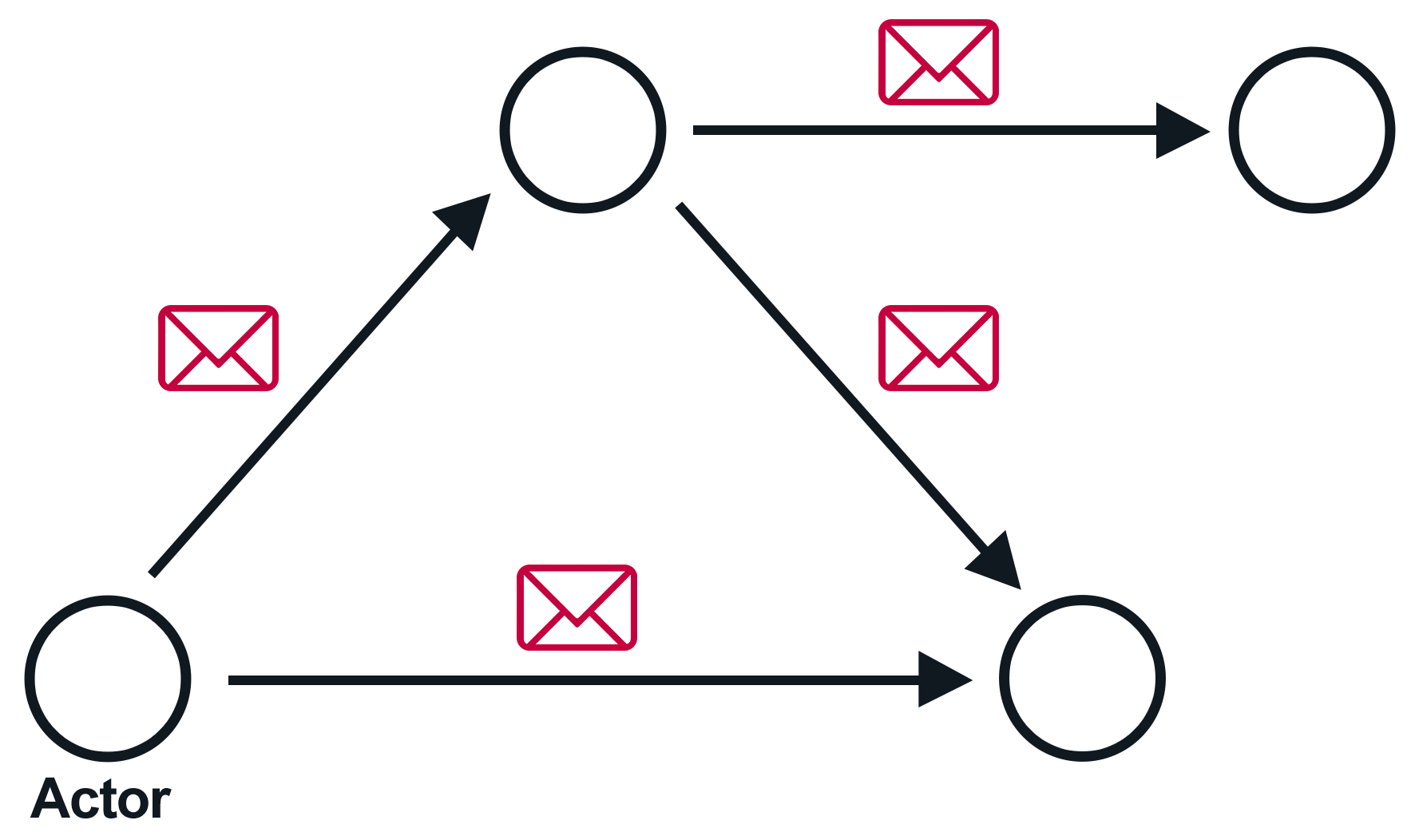
The story of Fatal Fight started in 2015. The time when going global and having 5 million downloads on Google Play Store seemed to be a dream of every game developer.
In this article, I will talk about the way we converted the dream into our actual reality. To make it super understandable, find a guide below where I will cover all the stages of development of Fatal Fight and even more.
Research
The idea of Fatal Fight hasn't just come from nowhere. Before understanding what game to develop, we needed to research what are the current gaps in the mobile games market. And, to come to this point, we took several steps.
First, we analyzed what are the most searchable mobile games in the Google Play Store. It turned out, the top 3 mobile games that users were looking for were the following:
- Puzzle Games
- Car Games
- Fighting Games
Here we narrowed down our research. We were playing most downloaded games from each category to figure out if those games meet users’ needs while trying to answer what kind of challenges they have with those games.
As a result, Puzzle and Car Games had a wide range of mobile games with pretty nice UI/UX design and other characteristics. However, during the testing of the fighting games, the picture was quite different.
We were surprised by the fact that we could not find any proper games with satisfactory features. And I believe, not only we but also the dozens of users who were craving for favorable experience while playing a fighting game.
While asking ourselves the question “Why?” we found out that the main reason was the gameplay. The interaction between users and the games was complex. It was not comfortable to manage punching, kicking, jumping and other possible moves separately or even all at once on a smartphone.




















